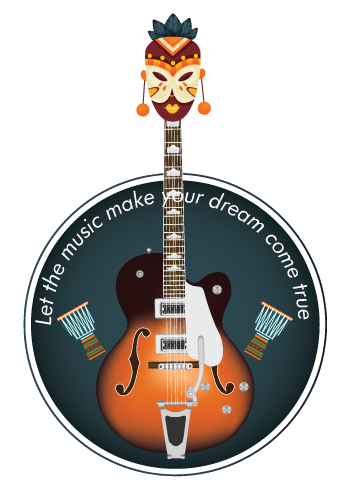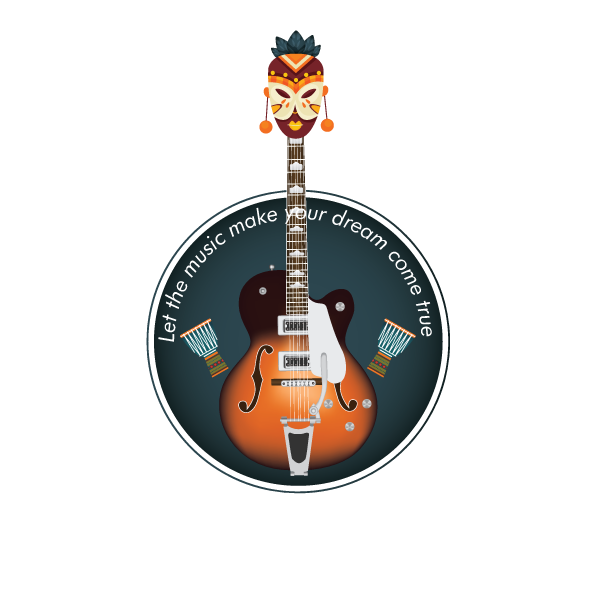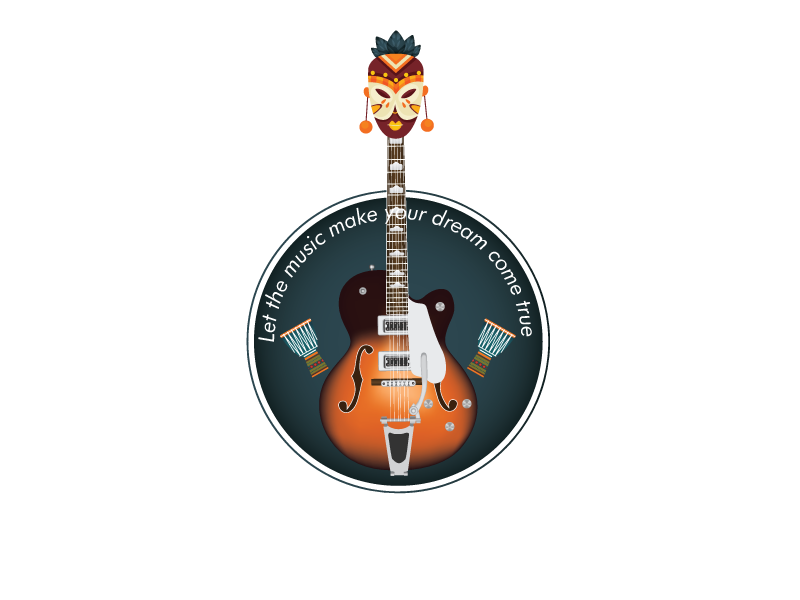Reach out AA today through a meeting or give us a call here. For most alcoholics, the safest path to long-term sobriety is to avoid alcohol entirely, no matter the type, amount or setting. For some, it took extreme consequences before they could admit that alcohol was a problem.
Can I Still Socialize at Events Where Alcohol Is Served?
These are signs that you’re denying your problem, and they’re often the first step toward a relapse. No matter the stage of your recovery, they’re also signals to check in with your doctor or therapist for help to stay on your recovery plan. Join a 12-step recovery support group, such as Narcotics Anonymous (NA), and attend meetings regularly. Spending time with people who understand exactly what you’re going through can be very healing.
Establishing accountability through regular group participation strengthens your recovery, with studies showing active members are up to 25% less likely to relapse. You’ll develop meaningful connections as you share vulnerabilities and celebrate milestones together. Remember, 85% of participants report improved self-esteem through this process. Remarkably, 90% of participants who maintain sobriety for two years go on to reach ten years of freedom from substance abuse.

Am I Really an Alcoholic?
Recovery steps to recover from alcoholism requires time, motivation, and support, but by making a commitment to change, you can overcome your addiction and regain control of your life. It also asks members to help others, who are still suffering, to achieve sobriety. This involves sharing your experiences and giving other alcoholics hope and strength. This service to others is paramount because without it, Alcoholics Anonymous would not exist.
Start with a licensed provider—doctor, psychologist, or addiction specialist—who can evaluate your alcohol use, co-occurring mental health issues, and overall readiness for recovery. In this comprehensive guide, we’ll explore the essential stages of alcohol abuse recovery—from recognition and detox to long-term relapse prevention. We’ll integrate science, expert insights, real-life examples, and practical strategies to help you or your loved one navigate this path heroin addiction with clarity and hope.

How to Encourage Your Loved On…
These products are marketed as alcohol-free alternatives, but they still carry certain risks for individuals with alcoholism. Some alcoholics try to convince themselves they can limit their drinking to just a couple of beers. While they may succeed for a short time, history shows that many eventually return to heavy drinking. They may start with beer or wine, but before long, they escalate their intake or switch to stronger alcohol. Once alcoholism takes hold, it is no longer a matter of willpower—those affected lose the ability to control their drinking.
State Rehab Guides
Engaging in creative or therapeutic activities like art, writing, or spending time outdoors can further enhance emotional healing and provide constructive outlets for self-expression. Regular inclusion of mindfulness practices, such as meditation or journaling, helps to process emotions effectively and maintain focus on recovery goals. Mealtimes should also be consistent, ensuring balanced nutrition that supports cognitive clarity and emotional stability. Additionally, incorporating periods of rest and leisure ensures that the individual has time to relax and recharge, preventing burnout.
- The steps are like pieces of a puzzle, where each one contributes to the complete picture of recovery.
- While they may succeed for a short time, history shows that many eventually return to heavy drinking.
- We accept most PPO insurance and offer same-day assessments.
- You can find meetings in Irvine, Mission Viejo, and Laguna Hills.
In fact, the National Institute on Drug Abuse (2023) reports that 45% of people with a substance use disorder have a co-occurring mental health disorder. Recovery from alcohol abuse is not just about quitting drinking. It’s about rebuilding your life, reclaiming your health, and rediscovering your worth. It’s a personal, powerful journey—one that’s both deeply challenging and profoundly rewarding.
Which option is best for you depends on how much you’ve been drinking, how long you’ve had a problem, the stability of your living situation, and other health issues you may have. Because AUD is a chronic, relapsing disorder, persistence is key. It is rare that someone would go to treatment once and then never drink again. More often, people try to quit or cut back over time, experience recurrences, learn from them, and then continue on their recovery journey. For many, continued follow-up with a treatment provider is critical for overcoming alcohol problems. The provider can help adjust the treatment plan and aid long-term recovery.
Stages of Addiction Recovery
Prioritizing activities that promote physical and mental health is critical. For example, setting aside time each day for exercise, whether it’s a morning walk or an evening workout, not only supports physical wellness but also enhances emotional well-being. Counselors may also guide clients toward additional resources, such as inpatient or outpatient rehabilitation facilities, support groups like Alcoholics Anonymous, or medical treatments. If physical dependence on alcohol has developed, professionals can assist in finding detox programs to safely manage withdrawal symptoms under medical supervision. Once the problem is acknowledged, seeking professional help is a critical next step.
The research also found that these 12-step approaches were superior to other methods for maintaining continuous abstinence and reducing remission rates. Such programs are also a cost-effective way to deliver treatment. There are now 35,000+ churches with a Celebrate Recovery ministry, plus Celebrate Recovery is found in recovery houses, rescue missions, universities, and prisons around the world. We are a part of something much larger than one church’s recovery ministry. Celebrate Recovery continues to be a growing global movement.The need for Celebrate Recovery is unmistakable, being a safe place for people to find freedom from the issues controlling their lives.
There’s a clear lack of insight into the negative impact of excessive drug or alcohol use and a strong focus on the positive effects they experience from using their drug of choice. Prochaska, DiClemente and Norcross created the stages of change or transtheoretical model in 1983 to help people quit smoking. It was then updated in 1992, when it started being used in clinical settings for a variety of behaviors. By studying various mental health and substance use disorder treatment plans, Prochaska, DiClemente and Norcross noted patterns that occur as people progress through a major behavioral shift.


